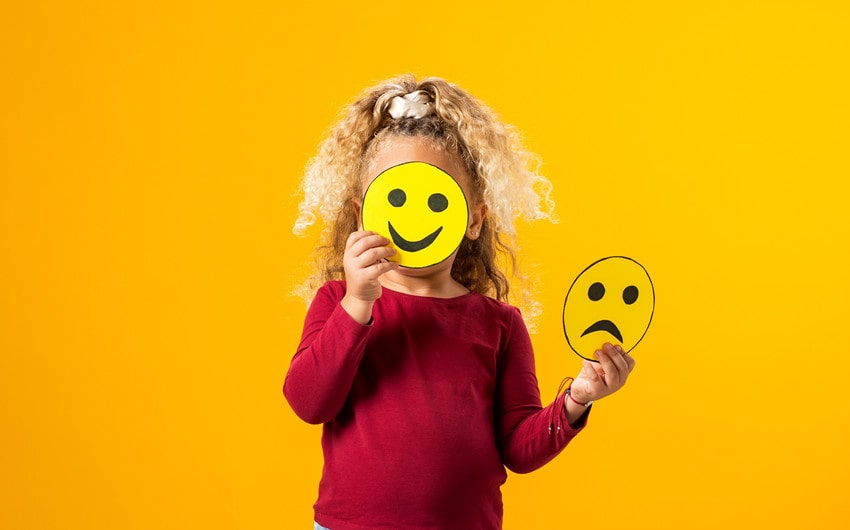From Meltdowns to Breakthroughs: Understanding Your Child’s Big Emotions
We’ve all been there – you’re in the middle of Tesco when your little one has a complete meltdown over the “wrong” colour trolley. Or perhaps your teenager storms off after what seemed like a perfectly reasonable conversation about homework. Those big, overwhelming emotions can leave parents feeling frustrated, embarrassed, and utterly bewildered.
However, those explosive moments aren’t signs of bad parenting or a “difficult” child. They’re actually windows into your child’s developing emotional world, and with the right understanding, they can become opportunities for real connection and growth.
Why Children Have Big Emotions
Children’s brains are still developing well into their twenties, particularly the areas responsible for emotional regulation and impulse control. Think of it like having a powerful sports car engine (emotions) with learner driver brakes (self-control). When something triggers them, whether it’s tiredness, hunger, disappointment, or sensory overload, their emotional response can feel enormous because they simply don’t have the neural pathways yet to manage it effectively.
Unlike adults who can usually recognise the early warning signs of overwhelm, children often go from zero to sixty in seconds. That’s completely normal, even if it doesn’t feel that way when you’re dealing with it in public.
What’s Really Happening During a Meltdown
During an emotional outburst, your child’s brain essentially goes into survival mode. The logical, thinking part shuts down while the emotional centre takes over completely. This is why reasoning with a child mid-meltdown rarely works, as they literally can’t access their rational thinking in that moment.
Understanding this can be incredibly liberating for parents and carers alike. It means those moments when your child seems completely unreasonable aren’t personal attacks or deliberate naughtiness. They’re neurological events that need patience and support, not punishment.
Supporting Your Child Through Big Emotions
The key to helping children navigate their emotional storms lies in staying calm yourself (which is easier said than done, we know) and providing a safe, steady presence. Your child needs to know that their big feelings won’t break you or push you away.
Try getting down to their level physically and using a calm, gentle voice. Sometimes a simple “I can see you’re really upset” can be more helpful than trying to fix the problem immediately. Remember, emotions need to be felt and processed, not shut down or dismissed.
It’s also worth noting that meltdowns often happen with the people children feel safest with, which is usually their parents, or long term carers if you foster with fosteringpeople.co.uk. So, if your child saves their biggest emotional outbursts for you, it’s actually a sign of trust, not poor behaviour.
Building Emotional Intelligence for the Future
These challenging moments are actually perfect teaching opportunities when everyone’s calm again. Help your child develop an emotional vocabulary by naming feelings and talking about what might have triggered them. Books about emotions, role-playing different scenarios, and even simple breathing exercises can all help build their emotional toolkit.
Most importantly, model the emotional regulation you want to see. Children learn far more from watching how we handle our own frustrations than from any lecture about managing feelings.
Remember, raising emotionally intelligent children is a marathon, not a sprint. Those meltdowns today are laying the groundwork for breakthrough moments tomorrow when your child successfully navigates their emotions independently. You’re doing better than you think.







